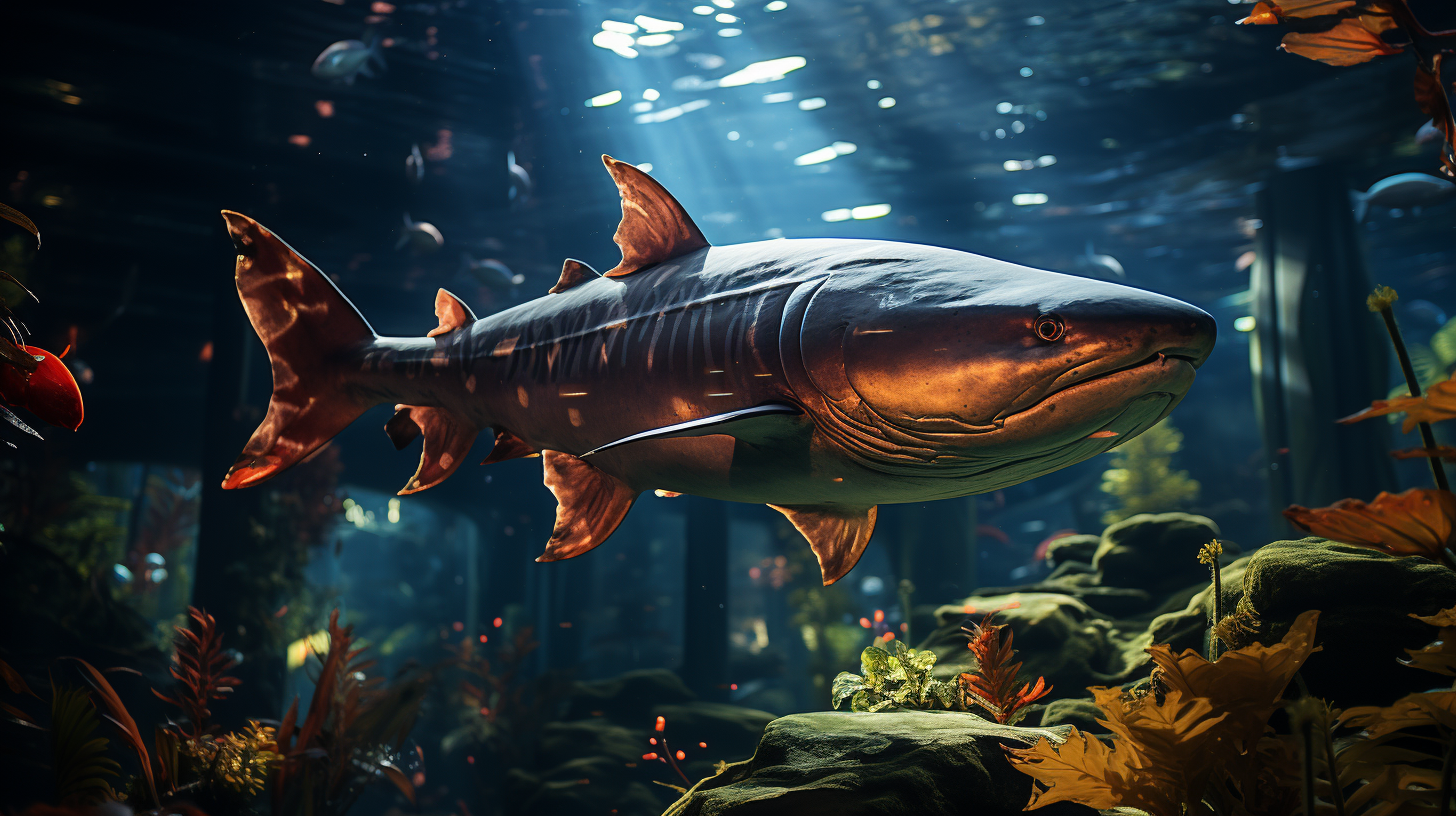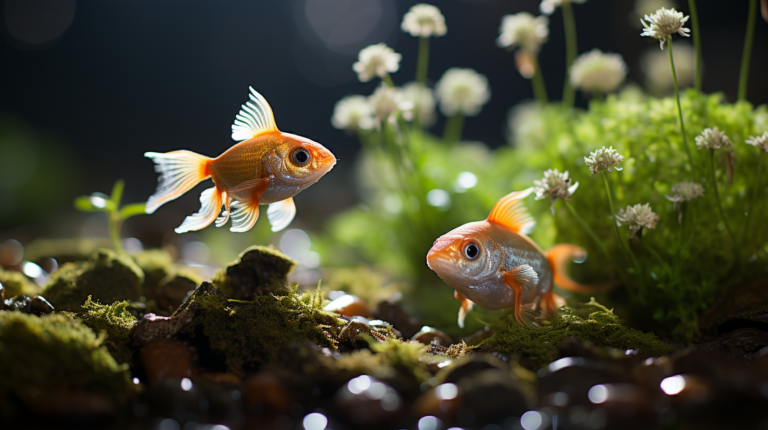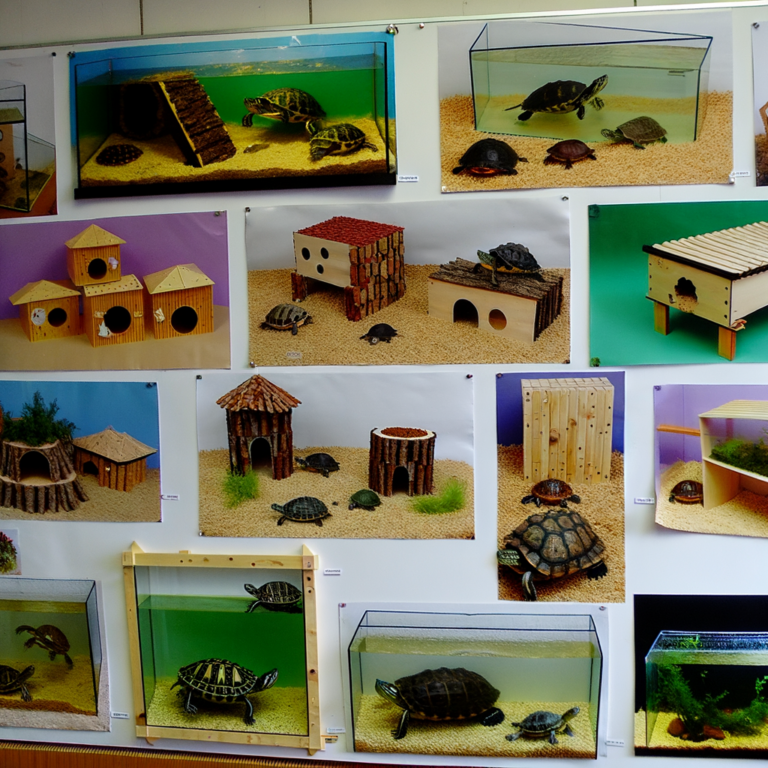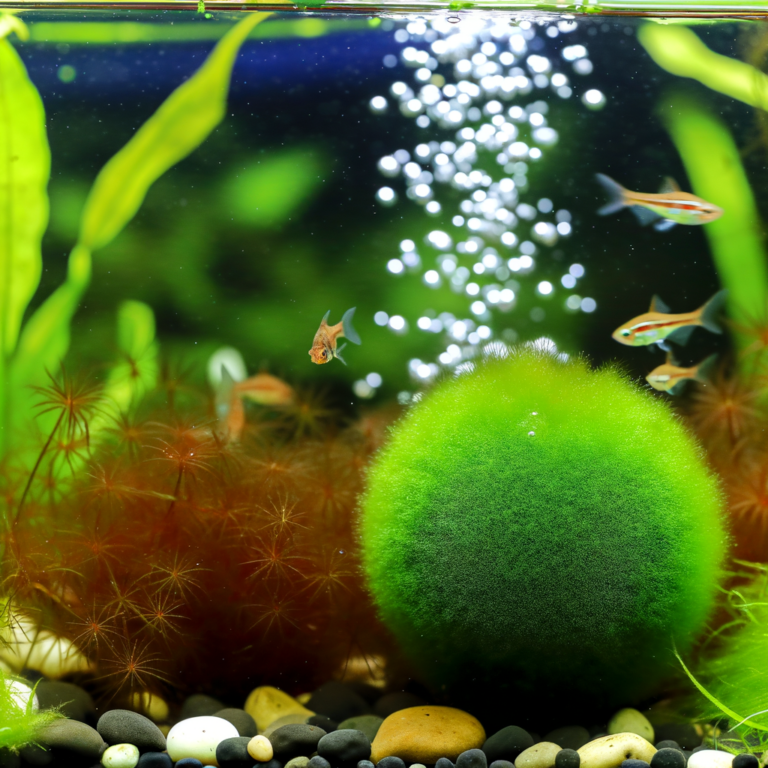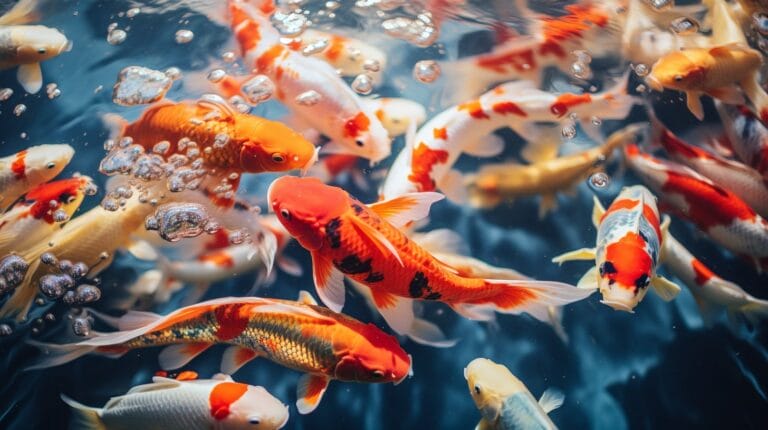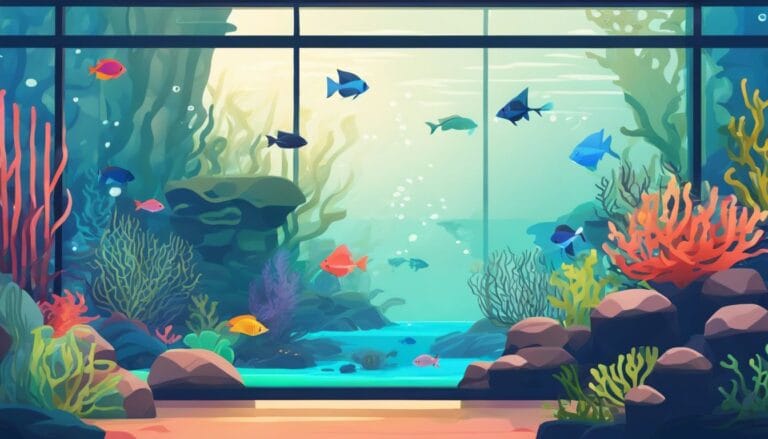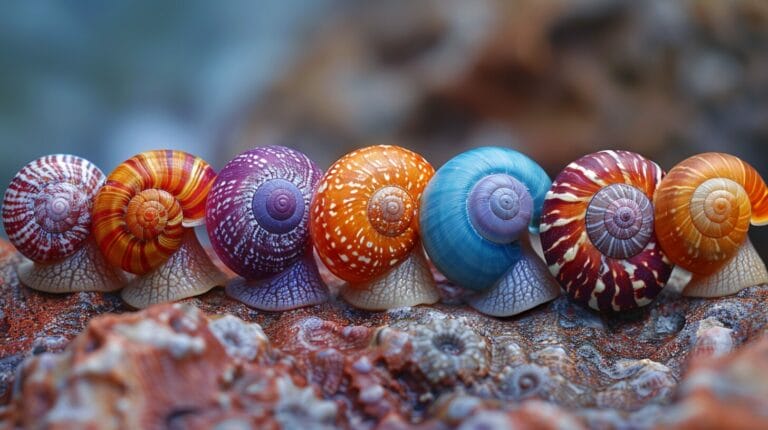Diamond Back Sturgeon: Exploring Acipenser Gueldenstaedtii
Dive into the captivating world of Diamond Back Sturgeons, uncovering the mysteries of Acipenser Gueldenstaedtii. An aquatic journey you wouldn’t want to miss!
In the quiet depths of the Caspian Sea and the rushing currents of the Volga River, there exists an intriguing paradox: the Diamond Back Sturgeon, or Acipenser Gueldenstaedtii, a creature both ancient and vulnerable. This extraordinary species, a living relic of prehistoric times, now teeters on the brink of extinction.
Join us in our Diamond Back Sturgeon guide, as we embark on an exploration that could change how you perceive the intricate ballet of survival and adaptation, all playing out on the lateral fringes of our world’s waterways.
Key Take aways
- The Diamond Back Sturgeon, also known as Acipenser gueldenstaedtii, is a critically endangered species due to overfishing and habitat loss.
- The sturgeon has distinctive diamond-shaped scutes along its back and can grow up to 7 feet long and weigh over 200 pounds.
- The sturgeon’s life cycle involves migration to feeding and breeding grounds, with females laying multiple batches of eggs in different locations.
- The large size of the sturgeon allows it to consume a diet of small invertebrates and aquatic organisms, like pond life, and it plays a role in nutrient cycling in its habitat. It is preyed upon by larger fish species, birds, and can also be targeted by humans for its caviar.
Introduction to the Diamond Back Sturgeon (Acipenser gueldenstaedtii)
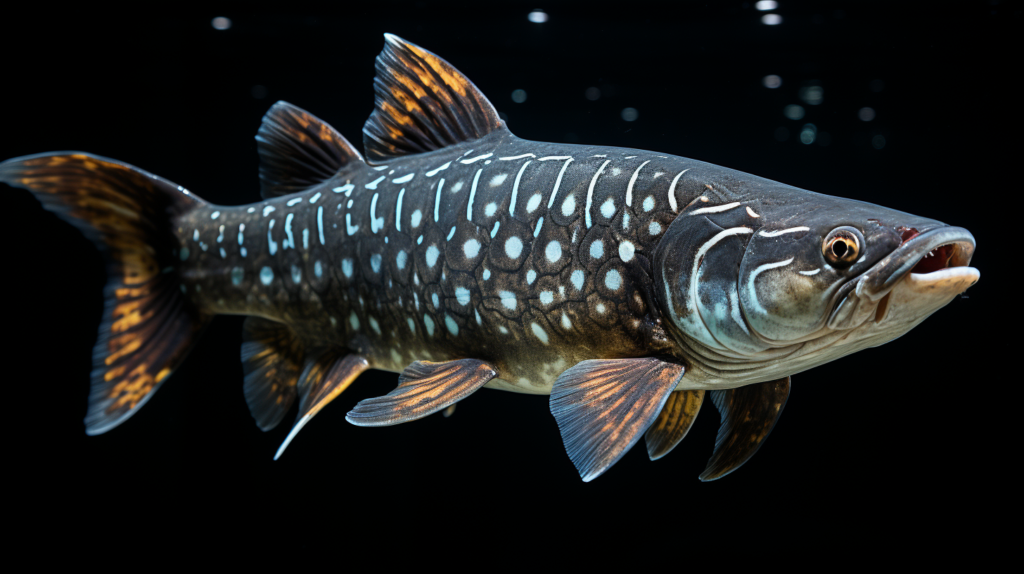
Venturing into the realm of marine species, let’s first get acquainted with the hybrid of aquatic life, the diamond back sturgeon, also known scientifically as Acipenser gueldenstaedtii. This unique fish, marked by distinctive physical characteristics in comparison to the sterlet, has a widespread distribution across various freshwater habitats.
Commonly referred to as the Russian sturgeon, this fascinating species is critically endangered due to various factors including overfishing and habitat loss. The diamond back sturgeon’s name is derived from its diamond-shaped scutes or bony plates, which run along its back, all the way to its anal fin, giving it a distinctive, almost prehistoric appearance.
This massive creature often reaches lengths of up to 7 feet and weights over 200 pounds. Its habitat, once stretching across the vast area of the Black, Caspian and Azov sea basins, has diminished significantly over the years.
Life cycle and Behavior of the Diamond back Sturgeon
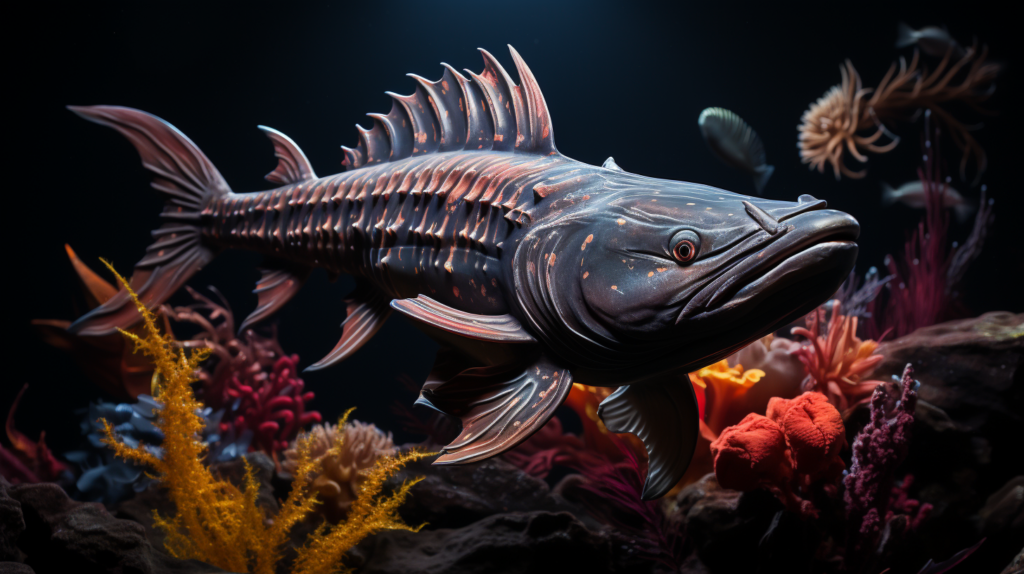
The life cycle of Acipenser gueldenstaedtii species is captivating in its complexity and the sheer will to survive.
Following their birth, the juvenile diamond back sturgeon begin a journey that can span thousands of miles. As they mature, they migrate to feeding areas rich in their preferred diet of small invertebrates and fish. Their migration patterns are linked to seasonal changes, allowing them to take advantage of optimal feeding conditions.
The diamond back sturgeon’s behavior is equally fascinating. They’re known for their solitary nature and are rarely seen in large groups outside of the breeding season. This independence embodies a spirit of freedom that resonates with many of us.
Dietary Dynamics and Predation of Acipenser gueldenstaedtii
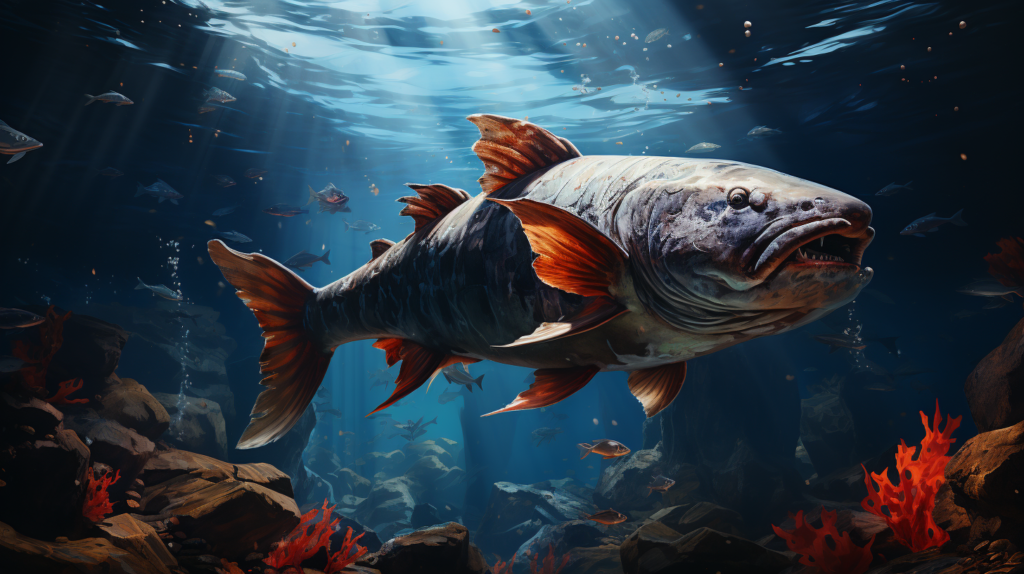
The diamond back sturgeon, also known as Acipenser gueldenstaedtii, is part of the vibrant and diverse aquatic ecosystem. The diamondback sturgeon’s dietary dynamics, growth rate, spawning behavior and the predators they face in their natural habitats are a fascinating study.
As bottom feeders, these fish mainly consume small invertebrates, shellfish, and tiny aquatic organisms. The diamondback sturgeons, with their sizable bodies and elongated snouts, stir up the sea floor, releasing hidden meals into the water column, which they then feed on through their tube-like mouths. This feeding method not only plays a vital role in nutrient cycling within their habitats, contributing to the overall health of the ecosystem but also significantly impacts the diamond back sturgeon’s growth rate.
However, the life of Acipenser gueldenstaedtii isn’t all about feasting. Predation is a significant part of their life. The juvenile sturgeons, easily identified by their distinct dorsal fin, are often preyed upon by larger fish species and birds.
Commercial and Cultural Importance of Diamond Sturgeon
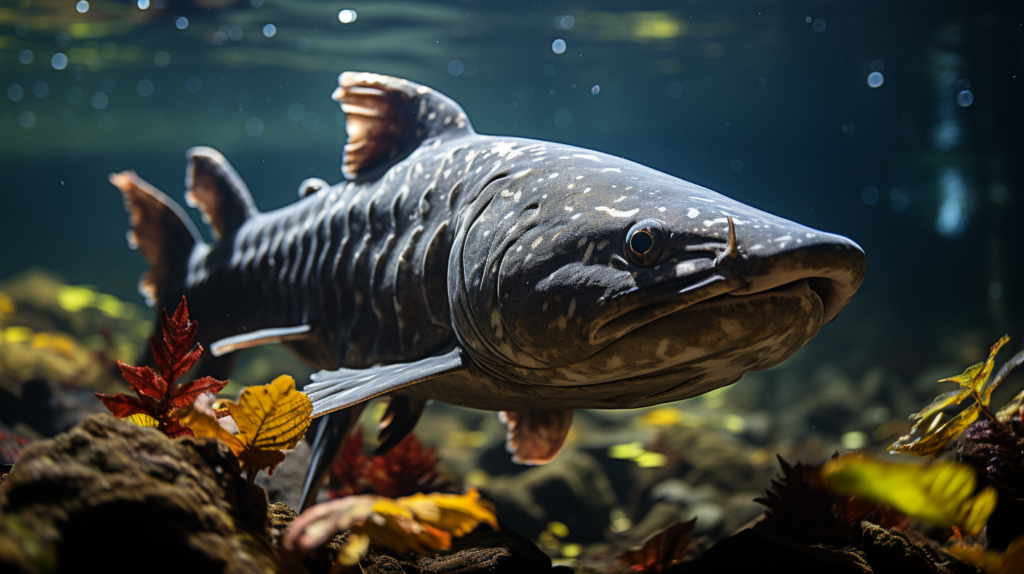
The Acipenser gueldenstaedtii, or diamond back sturgeon, is a danube sturgeon that has played a pivotal role in many economies and traditions.
Owing to its size and the exceptional quality of its caviar, commercially, this species of sturgeon is a heavyweight in the caviar market. Its roe is a sought-after delicacy, fetching high prices worldwide. But beyond its commercial value, the diamond back sturgeon holds deep cultural importance.
Conservation Status: Threats and protection measures for Diamond Back Sturgeon
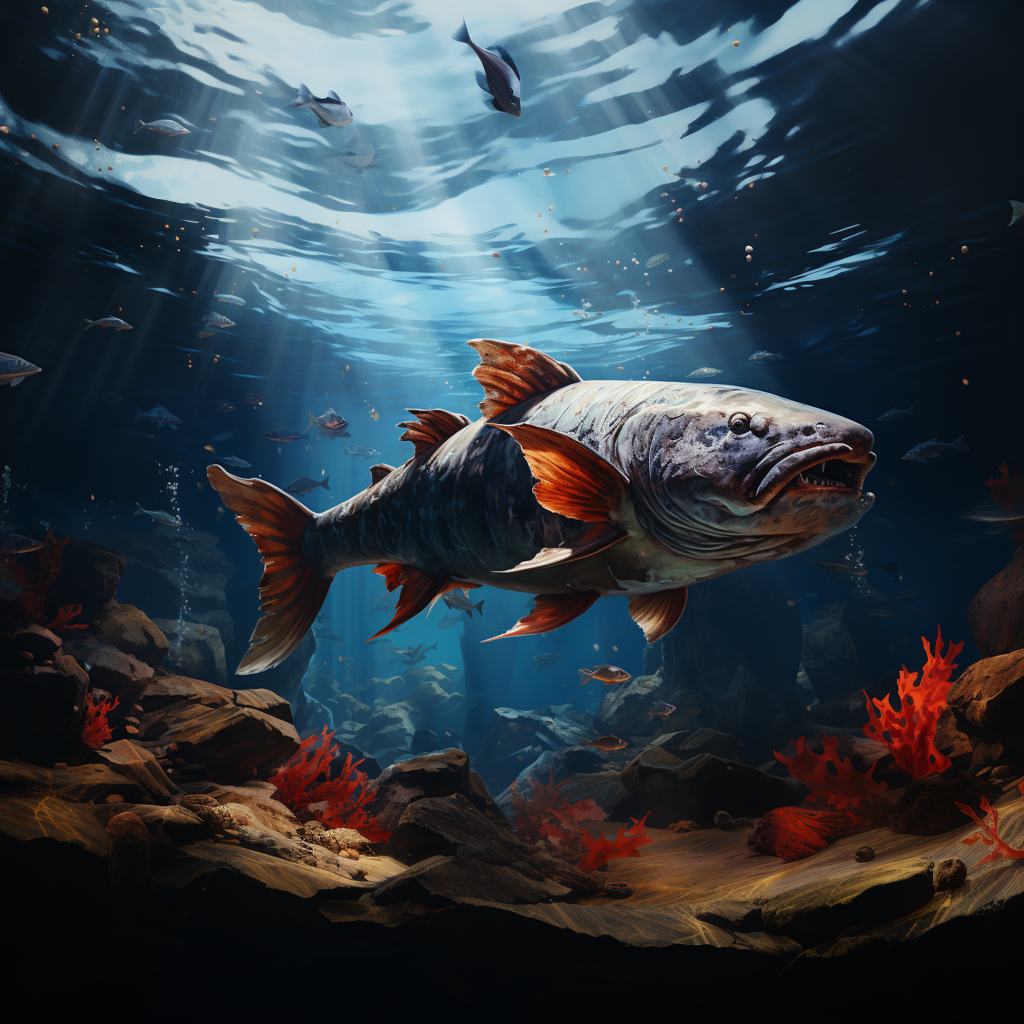
Despite their historical and commercial significance in Europe, diamond sturgeons face a myriad of threats, pushing them towards the brink of extinction, tip to tail. The threats to the diamond back sturgeon are multifold. Overfishing, habitat loss, and pollution have taken a heavy toll on their population.
We’ve overexploited these sturgeons for their prized roe, often sold as high-end caviar. Our rampant urban development has destroyed their natural habitats, while pollution from various sources has contaminated the waters they live in. These threats and drastic temperature changes, have significantly reduced their numbers, making the survival of this marine species a pressing concern.
However, we’re not standing idle as these challenges mount. Efforts including freshwater habitat preservation are underway to protect and conserve the diamond back sturgeon. National and international laws have been enacted to restrict their fishing and trade. Campaigns are working towards raising awareness about their plight and the importance of their survival. We’re also creating protected marine habitats in Europe, where these sturgeons can thrive without the threat of human interference.
Can Diamond Back Sturgeon also be consumed for its unique taste adventure?
The Diamond Back Sturgeon is a prized delicacy known for its rich and unique flavor. When prepared properly, individuals can discover Alligator Gar taste in the succulent, tender meat of this fish. Consuming Diamond Back Sturgeon can provide a one-of-a-kind taste adventure for those seeking a new culinary experience.
Conclusion
In wrapping up, we’ve dived into the fascinating world of the diamond back sturgeon, exploring its life cycle, diet, and significance in our world.
We’ve comprehended the threats it faces, drastic temperature and oxygen changes, the protection measures in place, and its growth rate.
It’s clear we must continue to value and protect this remarkable species, including collecting data from every specimen, ensuring its survival for future generations.
The diamond back sturgeon’s story is a reminder of the intricate balance of our ecosystems and our role in its preservation.
Frequently Asked Questions
What is a Diamond Back Sturgeon?
The Diamond Back Sturgeon, scientifically known as Acipenser gueldenstaedtii, is a species of sturgeon found in the Black Sea, Sea of Azov, Caspian Sea, and the rivers that feed these bodies of water. It is also known as the Azov-Black Sea sturgeon or the Kura sturgeon.
How big do Diamond Back Sturgeons grow?
Diamond Back Sturgeons can grow to impressive sizes, with adults reaching an average length of 100-240 centimeters and weight between 20-50 lb.
What are some of the distinctive physical features of the Diamond Back Sturgeon?
The Diamond Back Sturgeon, a marine species remarkable for its size and resilience, can be recognized by its pale belly, short and rounded snout, as well as its diamond-shaped scutes along its back and sides.
Is the Diamond Back Sturgeon listed as a threatened species?
Yes, the Diamond Back Sturgeon is listed on the IUCN Red List of Threatened Species due to overfishing, habitat destruction, and other impacts on its population.
What is the hybridization of the Diamond Back Sturgeon?
The Diamond Back Sturgeon can hybridize with other sturgeon species, particularly with the beluga sturgeon (Huso huso) found in the Caspian Sea.

